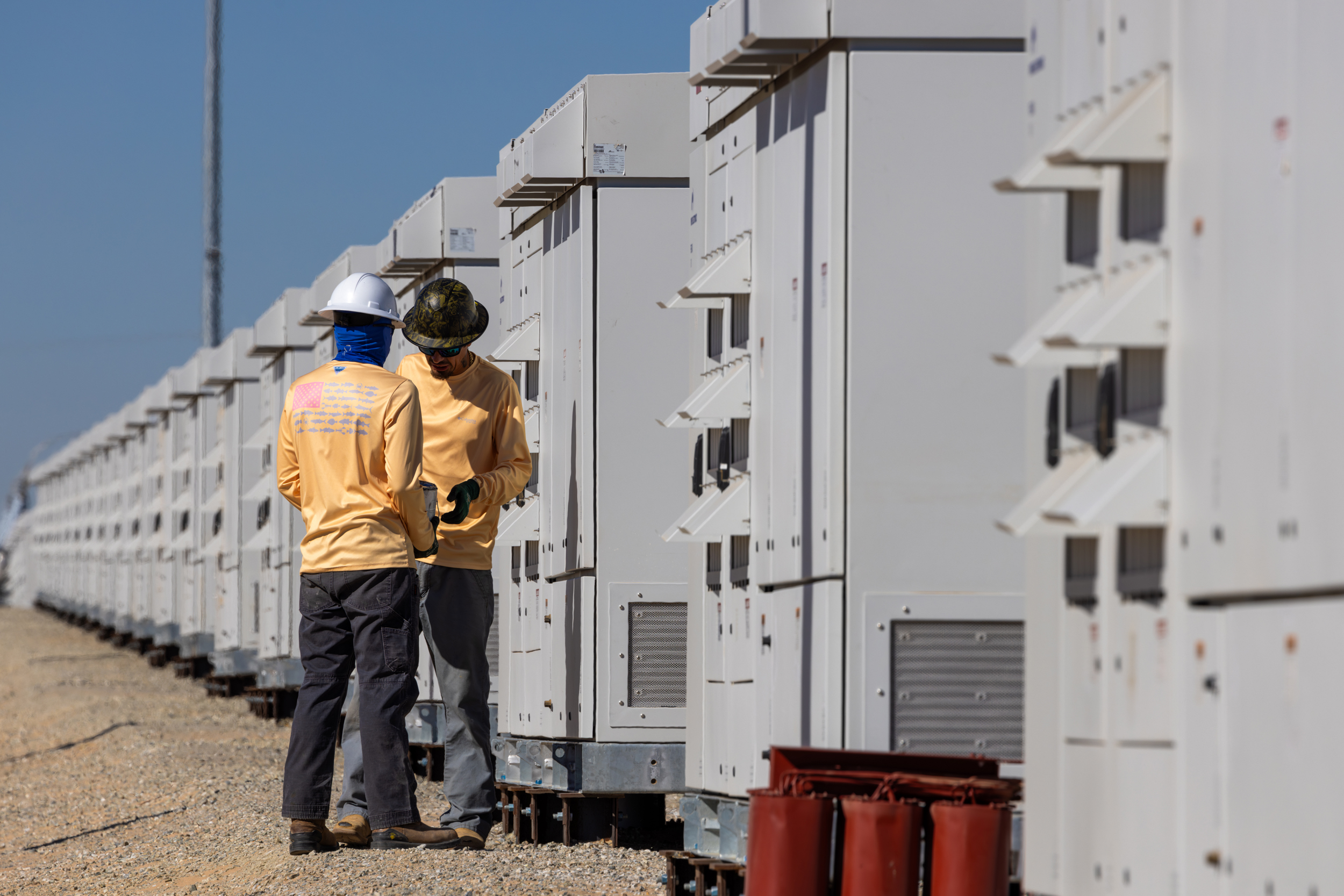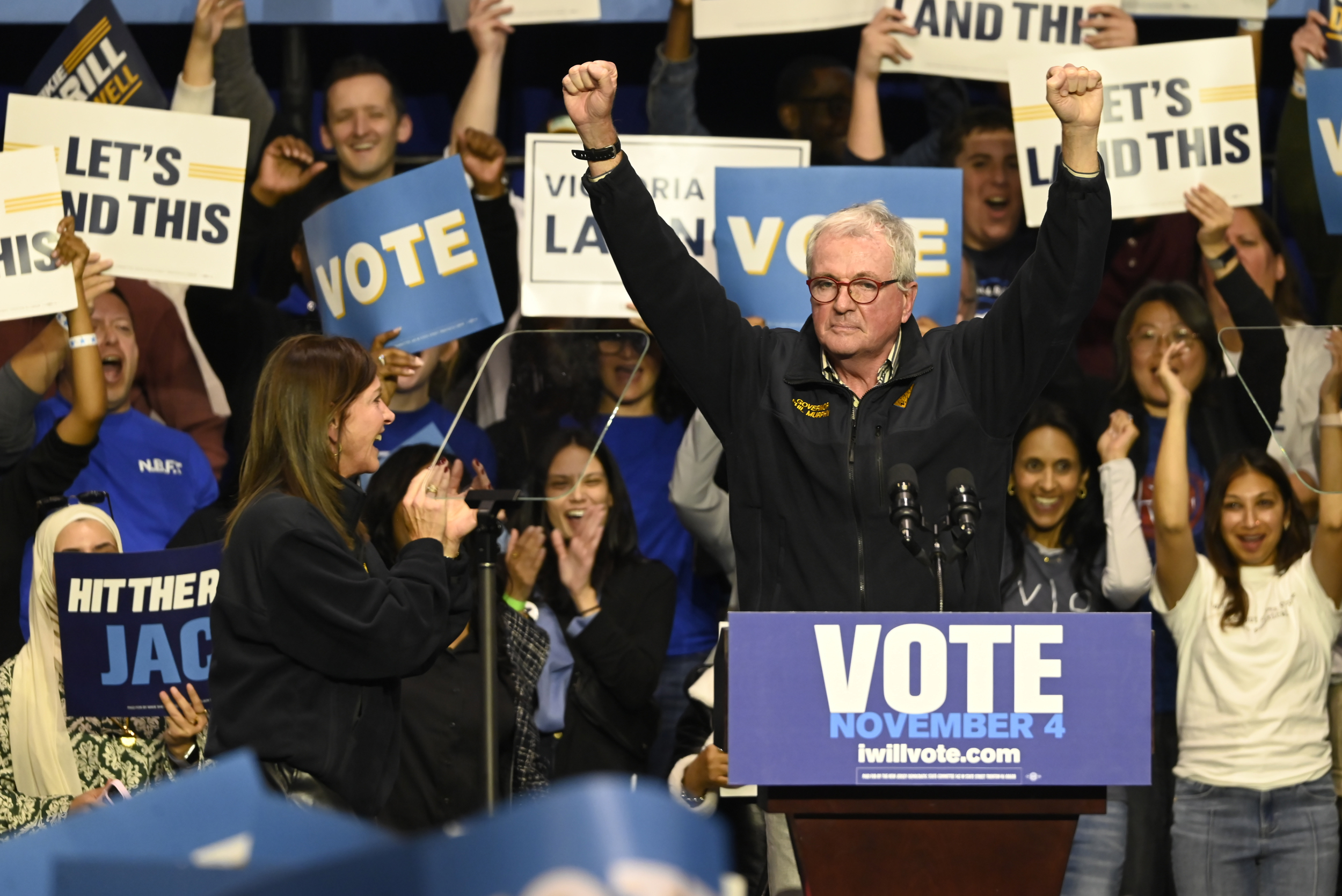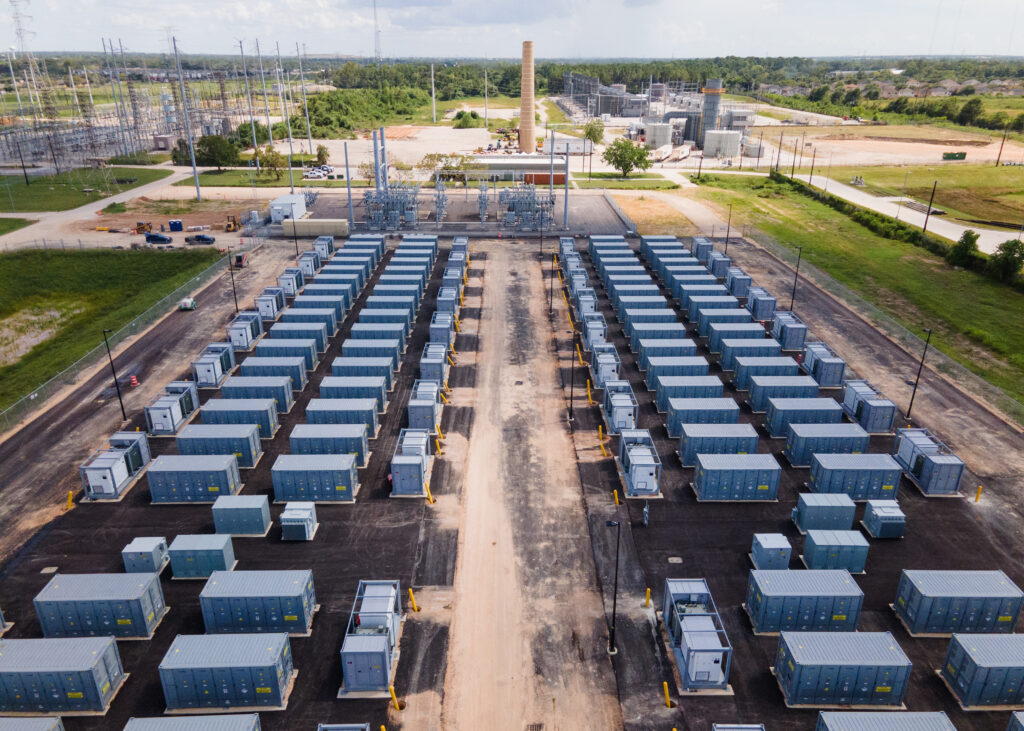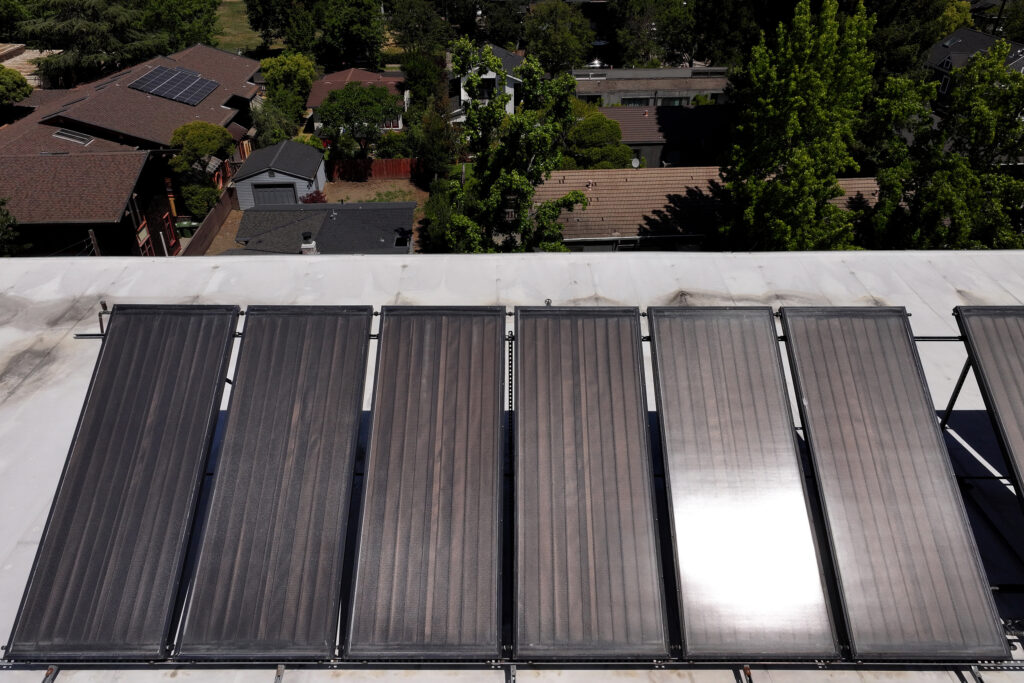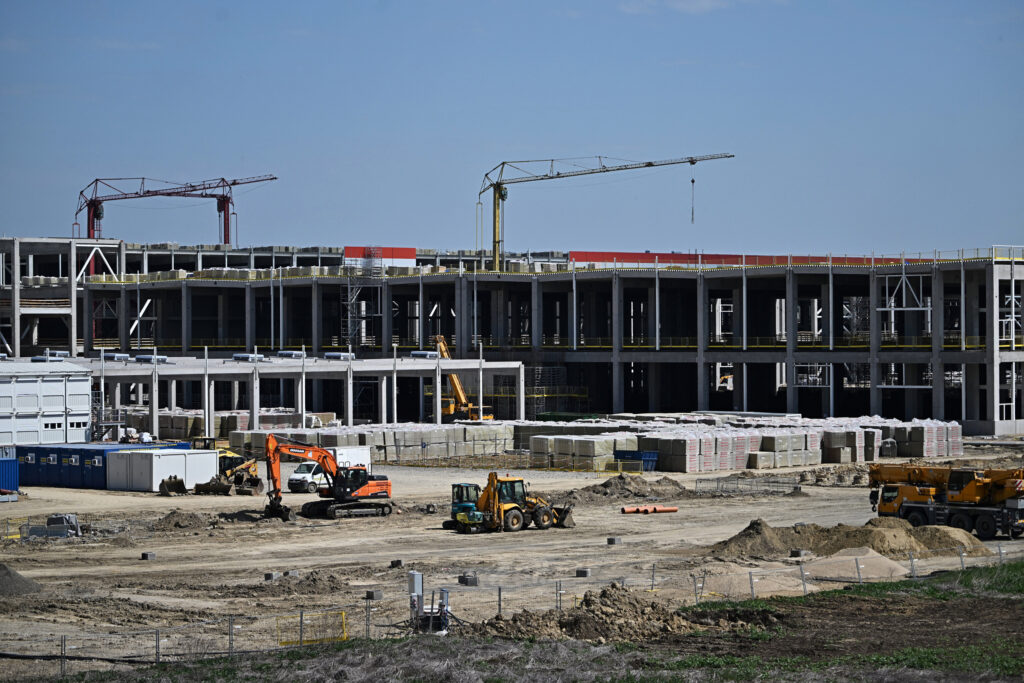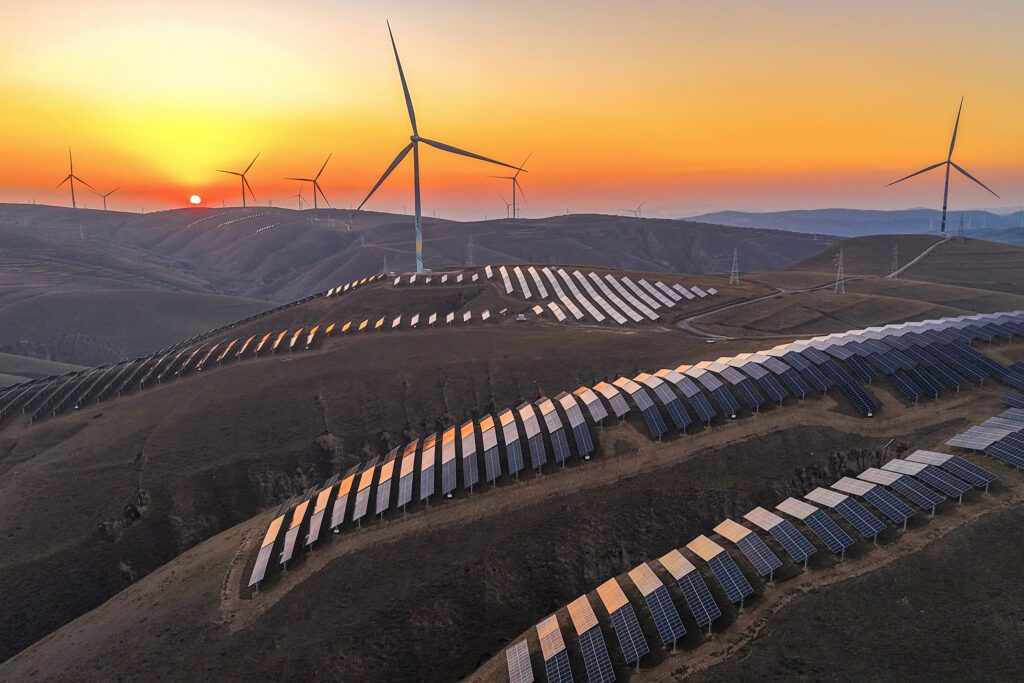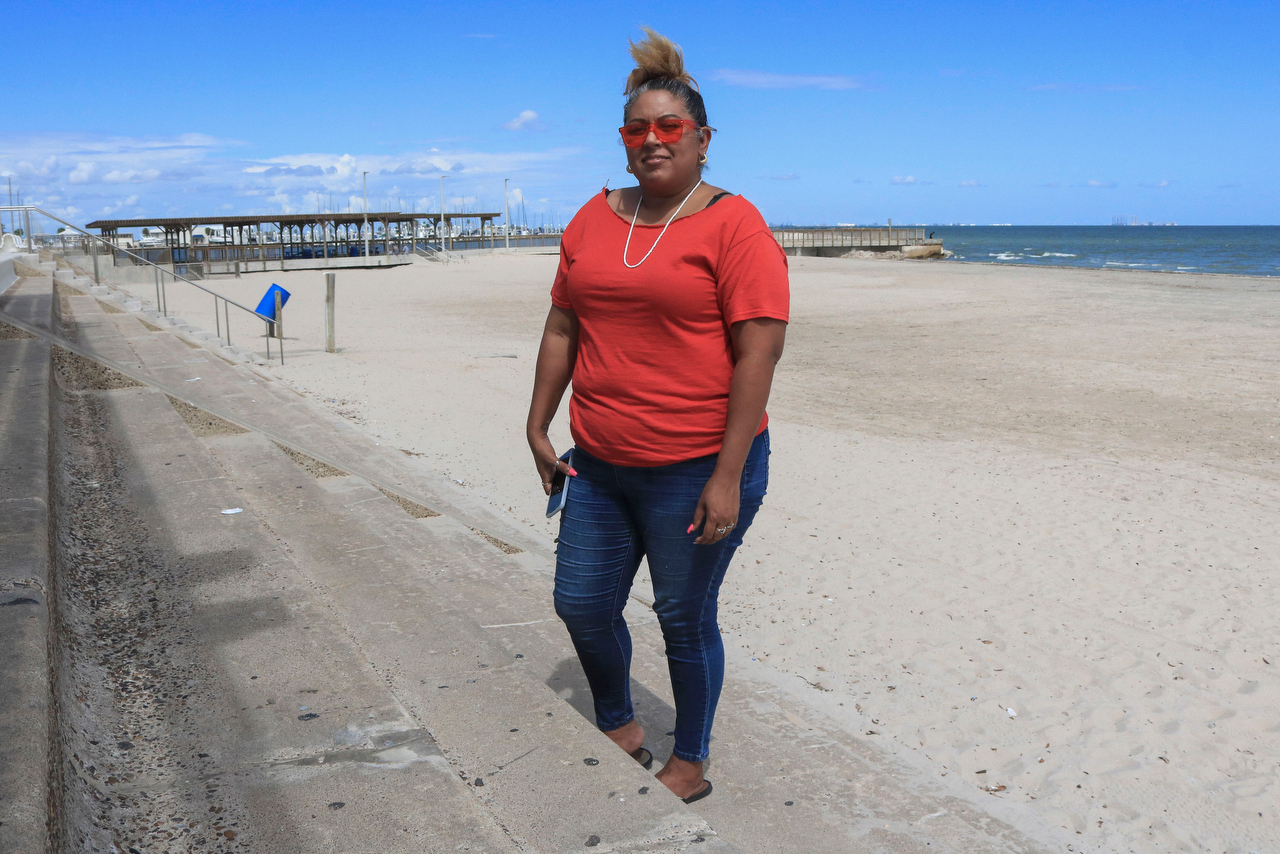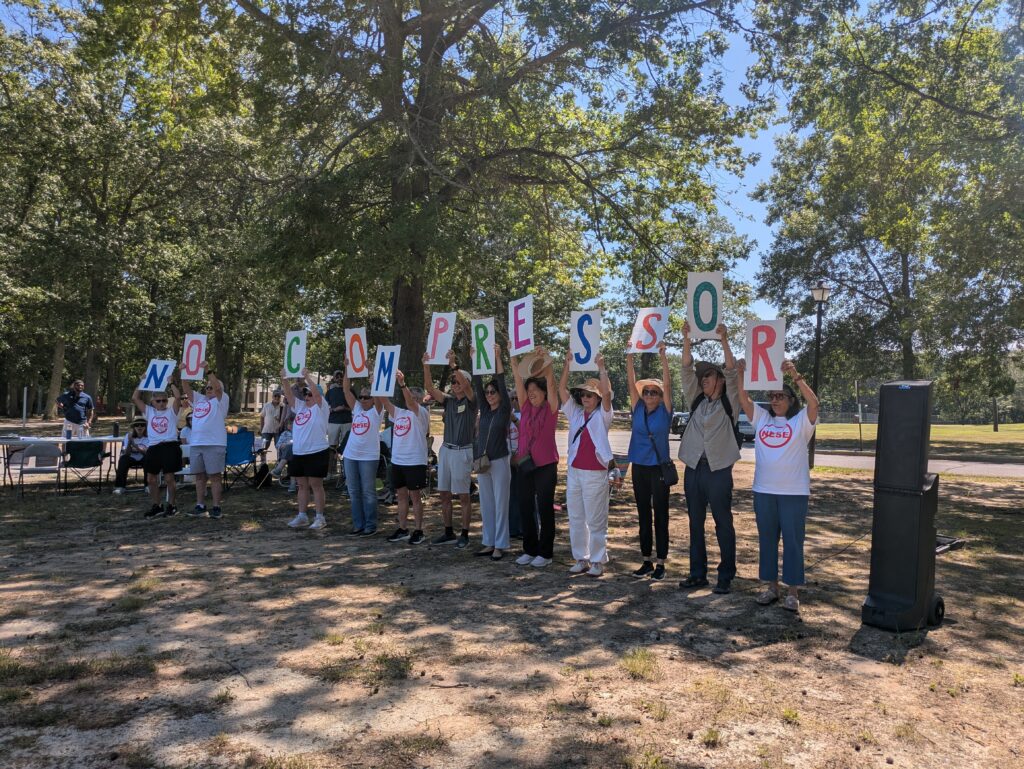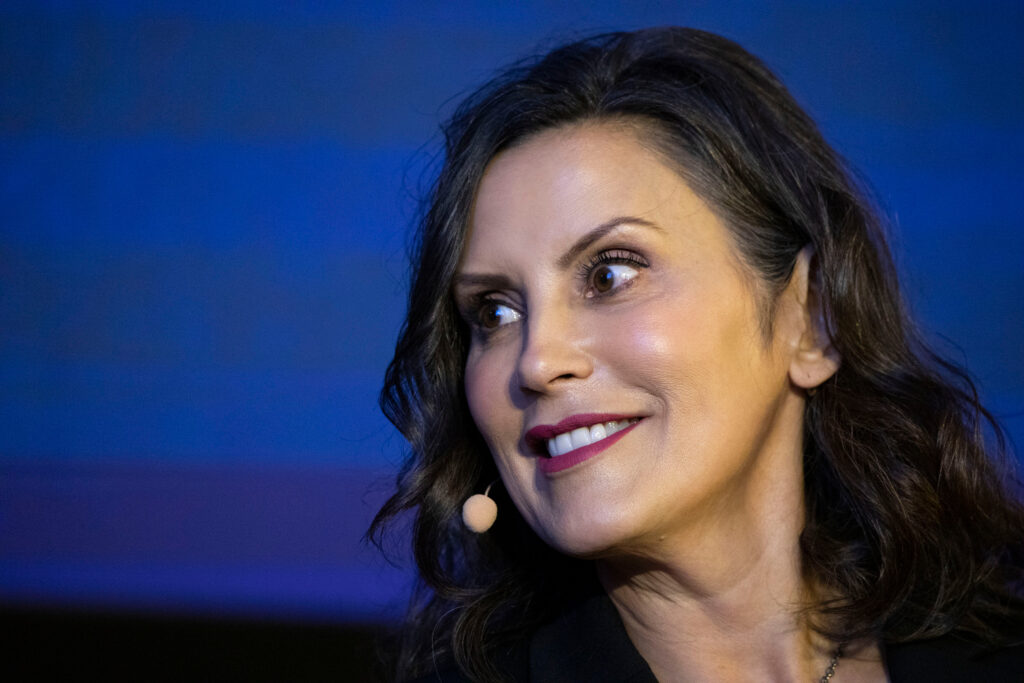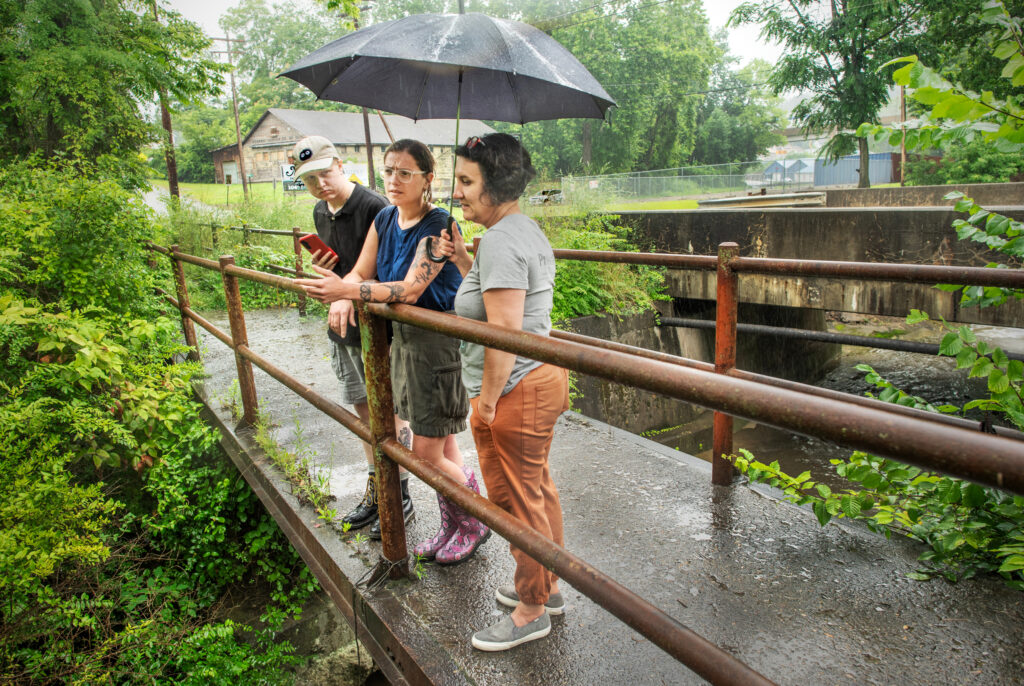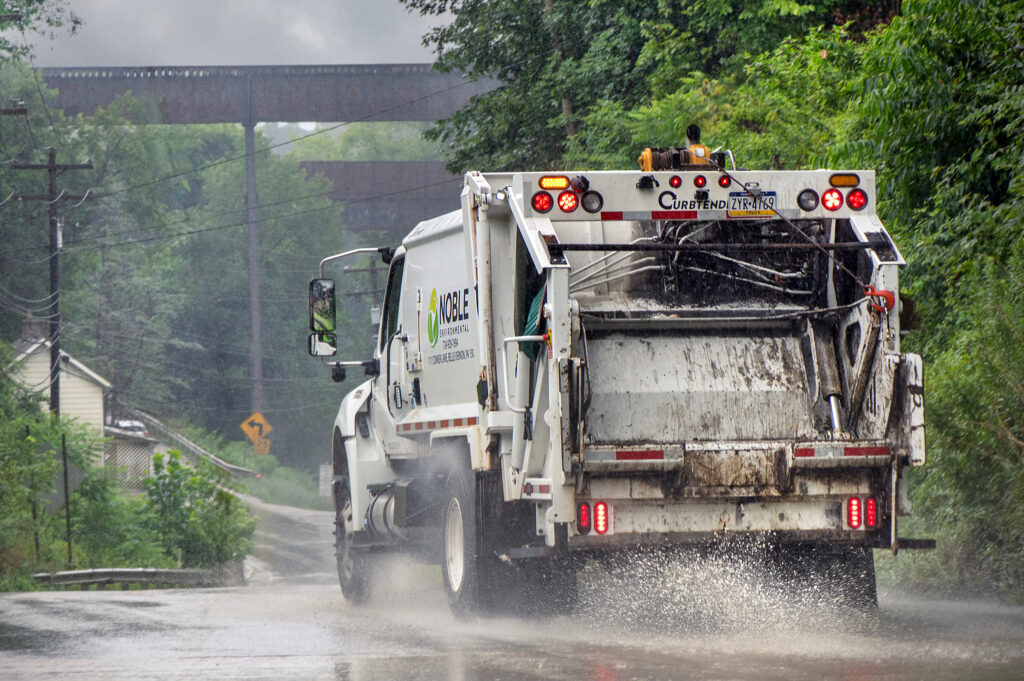On the day of his inauguration, President Trump repealed a Biden-era target of making 50 percent of all newly manufactured vehicles electric by 2030. He also halted unspent government funds for vehicle charging stations that were being approved through the 2021 Infrastructure Investment and Jobs Act—including the disbursement of over $5 billion dollars over five years for the creation of electric vehicle charging stations across the country.
In the immediate confusion created by Trump’s funding freeze, Jeffrey Prosserman, the CEO of an innovative New York company called Voltpost, which converts lampposts into electric vehicle charging stations, said in an interview that the charging installation—and the broader transition to electric vehicles—will continue, with or without support from the federal government.
Voltpost has installed multiple stations across New York City in partnership with the city’s Department of Transportation. These converted lampposts don’t require construction trenching, which means they are well-suited to a crowded street environment.
Last year, Voltpost was awarded three federal grants to expand charging infrastructure across the country, including in New York. In big cities, the grants would benefit renters and others who cannot charge their electric vehicles at home, as well as people using car sharing services like Zipcar, which plans to establish a fleet of electric rental cars across the tri-state area.
We’re hiring!
Please take a look at the new openings in our newsroom.
See jobs
But now those funds, as well as the future of the electric vehicle market, are up in the air. Though New York may be in a better position than some states to continue the transition to electric vehicles—the state and city have a variety of incentive programs for both charging infrastructure, like Charge Ready 2.0 or the EV Make-Ready Program, and electric vehicle adoption, like the Drive Clean Rebate—the loss of federal funds is significant.
With the electric vehicle market at a potential turning point, and many communities in New York City desperate for solutions to pollution problems, Inside Climate News spoke to Prosserman about the industry’s future. This interview has been edited for length and clarity.
LAUREN DALBAN: How did you feel upon learning about President Trump’s executive orders?
JEFFREY PROSSERMAN: It certainly has been a roller coaster of a few weeks to say the least. We’re a bit in a holding pattern to see where things land and how the dust settles, but ultimately charging ahead with projects that we do have in contract, and we believe that there will be clarity that enables the projects to still continue from the federal awards.
DALBAN: How do you see this impacting the broader EV market?
PROSSERMAN: This may slow down EV adoption, but at the end of the day, the industry—the private sector—is moving forward with or without federal support. There are progressive states like New York and California that have programs that will continue to progress no matter what happens on the federal level. We’re working with a number of other private sector partners to deploy in parking lots, real estate projects, and none of that is really affected.
DALBAN: Are there any incentives that New York state could adopt to mitigate the impact of the federal government taking these things away?

PROSSERMAN: For New York specifically, the New York State Energy Research Development Authority (NYSERDA) is continuing to progress no matter what happens on the federal level. So they have incentives to support the hardware of chargers to be deployed. They also have a number of programs to support, like the [EV Make-Ready] program, tied to Con-Ed and other utilities. This significantly reduces the cost for public charging deployment.
We’re working with municipalities from New York City to Westchester to Albany to Long Island, all over the state, to deploy charging. None of that really changes because of the federal dimension.
New York City is a complex place to deploy EV charging. The current administration for the city is obviously in turmoil. There was a target set to deploy 10,000 curbside chargers by 2030—so far they’ve deployed 50 or 60. We have worked with the Department of Transportation in New York City on a pilot to deploy the first lamppost charging system. It’s been delayed a number of times and given the current administration, it’s unlikely to come out in the first half of this year.
Once the dust settles on the city’s leadership, I think that it will be picked back up as a priority in the second half of this year. The city desperately needs an effective charging plan. There’s a number of companies operating in this space, including us. It’s certainly a challenge, but I would say everything around New York City is very open and NYSERDA as a partner enables deployment in a very effective way.
DALBAN: Do you see these orders and more broadly the administration’s feelings toward climate change and EV adoption as influencing consumer behavior to a degree that you would see a change in the industry?
This story is funded by readers like you.
Our nonprofit newsroom provides award-winning climate coverage free of charge and advertising. We rely on donations from readers like you to keep going. Please donate now to support our work.
Donate Now
PROSSERMAN: Certainly there’s going to be a change in the industry in that certain people may question if they should invest in community chargers—if this is the right time. But on the flip side, I think it really is an opportunity for other leaders like myself to continue to charge forward and recognize that we are in the midst of this transition.
You have the automakers that are not going back. They’ve spent billions of dollars on setting up these manufacturing facilities for EVs and batteries and effectively betting their entire next generation roadmap on electrification.
You have all the major utilities across the U.S. that are also investing and have invested heavily in this transition. It’s an interesting moment, which creates a lot of conflict, but at the end of the day, the private sector is just going to continue to progress this endeavor. Some more traditional players that don’t look at this as their core business may not prioritize this as much as when the incentives were in place, but this will ultimately slow and not stop the transition.
DALBAN: Is there anything specific that you’re doing that’s changed since Trump released executive orders?
PROSSERMAN: It’s made us focus more on private partnerships to scale the business, just given the uncertainty on the federal side.
DALBAN: And you feel like you’re going to be successful with that?
PROSSERMAN: Yes, we have AT&T as an example, which we announced in October. In addition, the automakers are investing billions, and with that, it creates new jobs in America and enables us to develop partnerships in the mobility sector and lots of different forms of financing. Real estate developers see charging as an amenity as well; that increases all the time.
DALBAN: Is there anything else you want readers to understand about the situation in the country now with EV charging?
PROSSERMAN: It’s not as black and white [as] an executive order being signed and expecting the world to change. There were close to 150 groups across the country—major cities, community groups—that were awarded this funding. We all share the same mission: to decarbonize mobility across the country and build the next generation of infrastructure to support communities.
About This Story
Perhaps you noticed: This story, like all the news we publish, is free to read. That’s because Inside Climate News is a 501c3 nonprofit organization. We do not charge a subscription fee, lock our news behind a paywall, or clutter our website with ads. We make our news on climate and the environment freely available to you and anyone who wants it.
That’s not all. We also share our news for free with scores of other media organizations around the country. Many of them can’t afford to do environmental journalism of their own. We’ve built bureaus from coast to coast to report local stories, collaborate with local newsrooms and co-publish articles so that this vital work is shared as widely as possible.
Two of us launched ICN in 2007. Six years later we earned a Pulitzer Prize for National Reporting, and now we run the oldest and largest dedicated climate newsroom in the nation. We tell the story in all its complexity. We hold polluters accountable. We expose environmental injustice. We debunk misinformation. We scrutinize solutions and inspire action.
Donations from readers like you fund every aspect of what we do. If you don’t already, will you support our ongoing work, our reporting on the biggest crisis facing our planet, and help us reach even more readers in more places?
Please take a moment to make a tax-deductible donation. Every one of them makes a difference.
Thank you,




